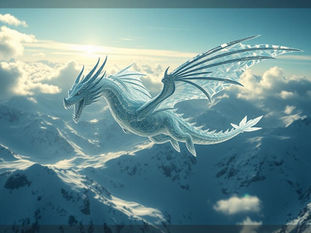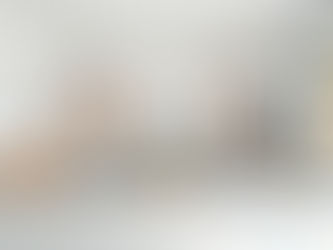
Guide to Keeping Characters Looking the Same in Midjourney
Apr 29
3 min read
0
16
0

Creating unique characters in Midjourney is exciting. But what if you need that same character in different poses, outfits, or scenes? This guide shows you simple ways to achieve consistent characters for your projects, whether it's for games, comics, videos, or just telling a visual story with your creations.
Generate Character Assets with Keywords
To start, you'll often want to generate different views of your character. You can get a variety of poses and angles by using specific words in your prompt.
For pixel art or similar styles, try terms like "front and side pose."
For a full view, use "full body different sides."
The phrase "character sheet backside and front" is great for getting turnarounds.
To create a set of portraits, you can specify something like "six image set" along with your character description. Using these terms helps you build a collection of views for your character.
Prepare Your Character Image
Once you have an image you like, you might want to refine it for reuse.
First, consider upscaling it. Midjourney offers "upscale subtle" for a higher resolution version.
Next, you might want to remove the background so you can easily place the character anywhere. Making the background white usually makes removal easier. Services like Creative Fabrica offer free background remover tools online. Automating repeatable Midjourney tasks like generating character sheets or removing backgrounds can save you lots of time. Check out the TitanXT Midjourney Automation Suite to see how.
After removing the background, it's a good idea to check the image in an editor to ensure the transparency worked correctly. You can add a colored background layer to easily spot any mistakes and fix them if needed.
Put Your Character in a New Scene
Midjourney lets you use an image as a reference for your prompt. This is key for placing your character into different settings.
Upload your finished character image to Midjourney. Then, simply drag or copy the image into your prompt bar. Midjourney will recognize it. Select the option for "character reference."
Now, add your text prompt describing the scene, for example, "a girl walking down the street in a children's book style." Midjourney will use your character image as inspiration to create variations of that character in the scene you described.
Combine Character and Style
You're not limited to just referencing the character. You can also reference a *style* from another image.
Drag your character image into the prompt bar and set it as a character reference again.
Find another image that has a style you like. Drag *that* image into the prompt bar too, but this time, select the option for "style reference."
Now, write your scene prompt (e.g., "a girl at the airport"). Midjourney will try to include your character while also applying the artistic look of the style image. Managing multiple references and complex prompts can be streamlined with automation tools. Explore the features of the TitanXT Midjourney Automation Suite.
Change Your Character's Clothes
By default, the "character reference" often tries to keep the clothes and accessories from the original image. But you can change this.
Use the `--cw` parameter, which stands for character weight. By default, `--cw 100` is used (or simply not including the parameter). This gives a high weight to the character's appearance, including their outfit.
To change the clothes, lower the character weight. For example, add `--cw 20` at the end of your prompt. This tells Midjourney to focus on the character's face and features but be more flexible with their clothing and accessories.
With a lower character weight, you can now include clothing descriptions in your prompt (like "wearing a red shirt and blue shorts") and have a much better chance of seeing your character in the new outfit.
Conclusion
Creating consistent characters in Midjourney is possible by using specific prompt terms for assets, leveraging image references, combining character and style references, and using the `--cw` parameter to control clothing. These techniques help you bring your characters to life across various images and scenarios. Ready to take your character creation and scene building to the next level? Discover how the TitanXT Midjourney Automation Suite can enhance your workflow.






